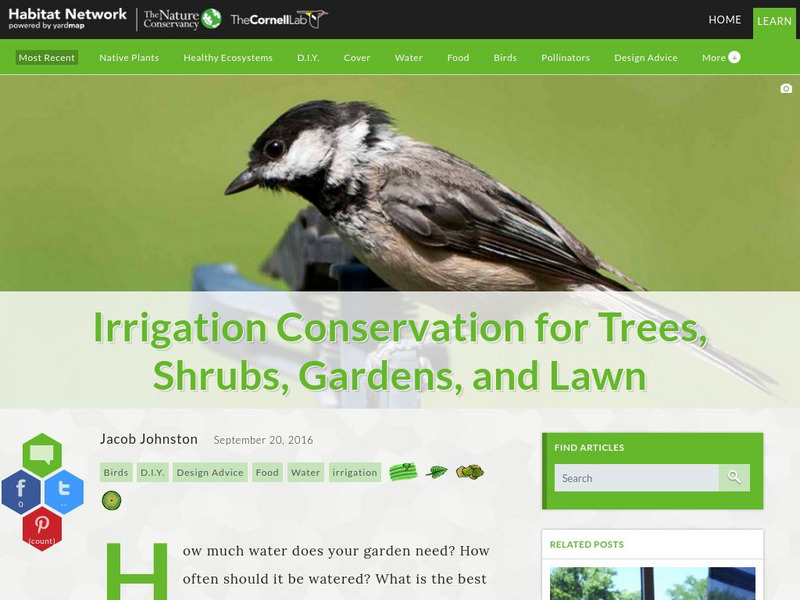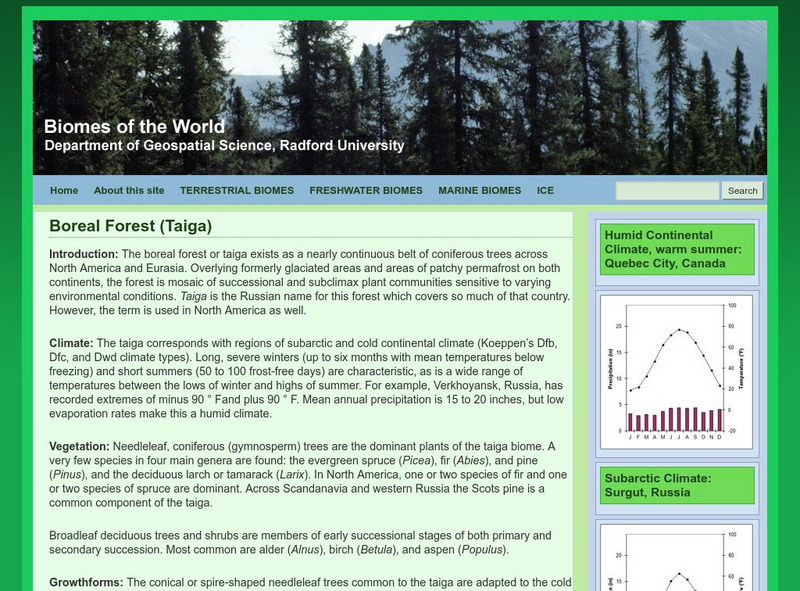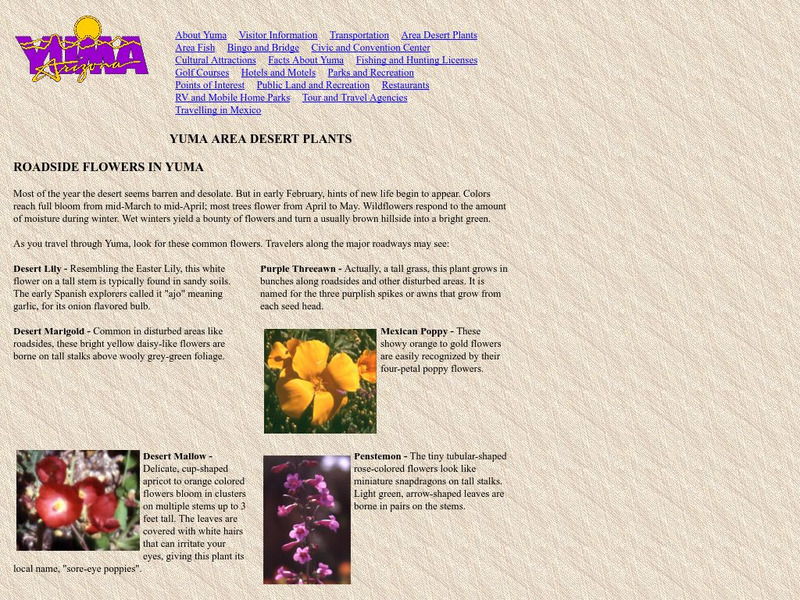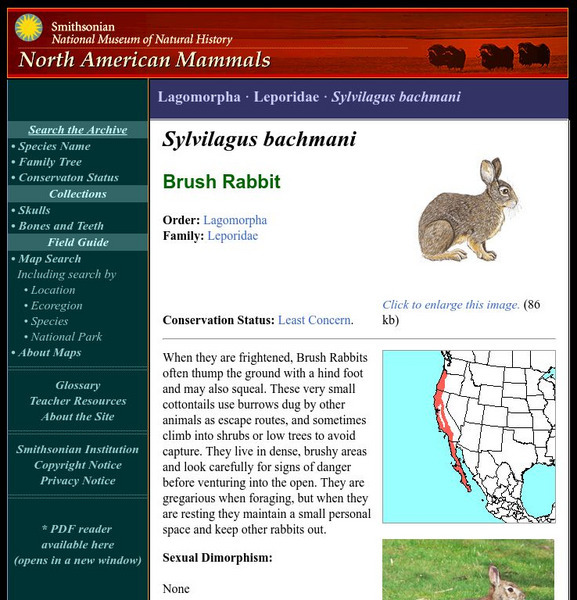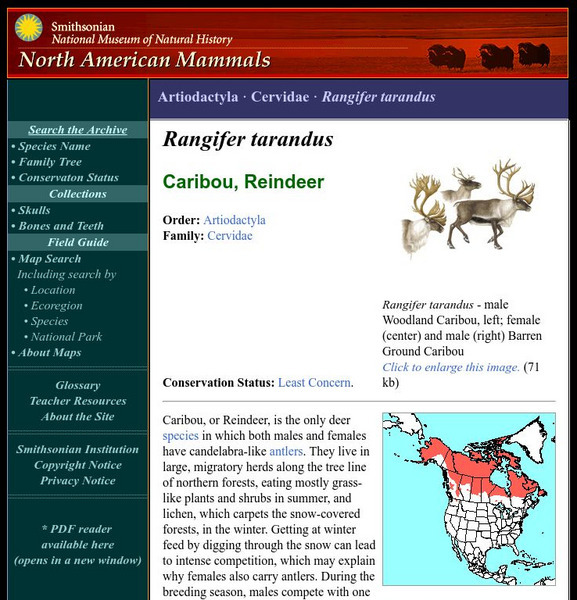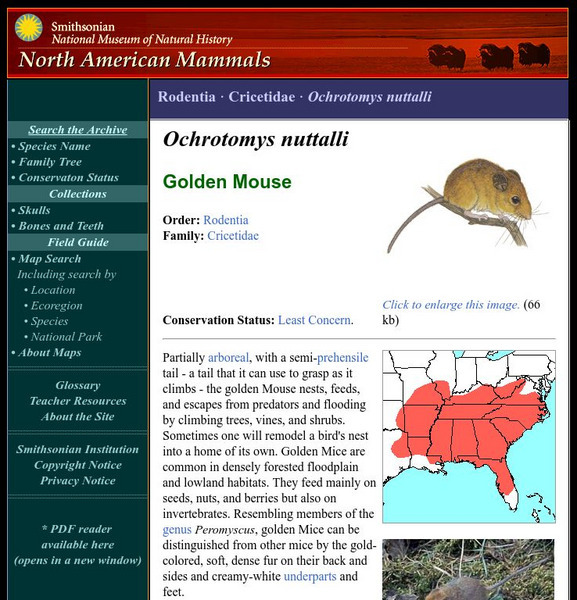Cornell Lab of Ornithology
Habitat Network: Irrigation Conservation for Trees, Shrubs, Gardens, and Lawn
Find out how to provide the proper amount of water for optimal growth and biodiversity in a backyard habitat.
Other
City of Austin: Watershed Protection Office: Plants
Provides guidance for what plants will survive the best in the Texas environment, and how to grow and protect them. There is information about native and adapted plants, invasive plant species, plants resistant to deer, backyard ponds,...
Other
H2ous.org: H20 Use: Gardening Guide
Find inspiration for water-conserving gardens. Take a garden tour or look at the garden gallery for more ideas. Hot links are provided to favored plants and their detailed information.
Science Education Resource Center at Carleton College
Serc: English Language Learners Create a Botanic Field Guide
Students gather information and create a botanic field guide which includes the common and scientific names for plants (trees, shrubs, wildflowers, plants) typically found in their surroundings.
Other
Radford University: Taiga or Boreal Forest
This site provides a thorough fact sheet of a taiga forest (or boreal forest as it is otherwise known). Content includes a look at the forest climate, vegetation, growth forms, and soil. Additional information can be found on the alpine...
Other
Perspective: The Plant Kingdom
Did you know their are about 270,000 plant species? This webpage investigates the phyla of the plant kingdom. Learn how plants are classified based on their tissue structure, seed structure, and stature. Each division is described with...
Alabama Learning Exchange
Alex: Field Challenge Strategy Game
Lesson plan describing a strategy game where students use flags in a large field to mimic the growth and spread of trees, grass, and shrubs. Rules for game include how trees, grass, and shrubs interact to compete for sunlight, nutrients,...
San Diego Zoo Global
San Diego Zoo: Flowers
Certain plants are known for their eye-catching blooms. Think of roses, orchids, carnations, and tulips. We often refer to these plants as "flowers." A flower, though, is just one part and quite an important part of a plant. Not all...
Other
Bureau of Land Management: Yuma Area Desert Plants
Graphics and descriptions of the desert lily, desert marigold, desert mallow, purple threewa, Mexican poppy, trees and shrubs in the Yum, Arizona region.
Museum of Applied Arts and Sciences
Museum of Applied Arts & Sciences: Pot Biz
Learn how to be a successful innovator as you try to turn an idea for a decomposing plant pot into a profitable business. It won't be easy; being an innovator never is. In this interactive game, the decisions you make could lead to fame...
Curated OER
National Park Service: Arches National Park: Plants
Information about the cacti, grasses, lichens, trees, shrubs, and wildflowers that grow in Arches National Park, located in Moab, Utah. Focus is placed on the adaptations of these plants that allow survival in a desert habitat.
Cornell Lab of Ornithology
Habitat Network: Habitat Feature: Evergreens
Learn how evergreen plants, both trees and shrubs have important roles to play in landscaping- from aesthetic to ecological.
CK-12 Foundation
Ck 12: Life Science: Terrestrial Biomes
[Free Registration/Login may be required to access all resource tools.] A terrestrial biome is an area of land with a similar climate that includes similar communities of plants and animals. Different terrestrial biomes are usually...
Environmental Education for Kids
Eek!: Forest Plants
Forest plants include trees, shrubs, vines, mosses, ferns, woodland wildflowers, and other green and growing things that can thrive in shade. Read about some of Wisconsin's forest plants.
NSTATE
Texas State Symbols
Here is a complete list of the Texas state symbols, including their year of adoption. Click on one to be taken to a page with more information and a picture.
University of California
University of California, Berkeley: Cal Photos: Plants
Need a photo for a project, report, multimedia presentation on plants from around the world as well as California? Find fair use images of specific plants by searching with the scientific name, common name, or location.
Smithsonian Institution
National Museum of Natural History: American Mammals: Uinta Chipmunk
Uinta chipmunks are common in coniferous forests, especially at elevations higher than 1,800 m. They readily climb trees and shrubs to forage for seeds and often sleep in trees. Learn more about the Tamias umbrinus, more commonly known...
Smithsonian Institution
National Museum of Natural History: American Mammals: Brush Rabbit
When they are frightened, Brush Rabbits often thump the ground with a hind foot and may also squeal. These very small cottontails use burrows dug by other animals as escape routes, and sometimes climb into shrubs or low trees to avoid...
Smithsonian Institution
National Museum of Natural History: American Mammals: Caribou
Caribou, or Reindeer, is the only deer species in which both males and females have candelabra-like antlers. They live in large, migratory herds along the tree line of northern forests, eating mostly grass-like plants and shrubs in...
Smithsonian Institution
National Museum of Natural History: American Mammals: Eastern Red Bat
Common and widespread from far southern Canada throughout most of the United States and Mexico, and farther south through Central America and into South America, the Eastern Red Bat requires trees and shrubs for roosting. It is...
Smithsonian Institution
National Museum of Natural History: American Mammals: Golden Mouse
Partially arboreal, with a semi-prehensile tail - a tail that it can use to grasp as it climbs - the golden Mouse nests, feeds, and escapes from predators and flooding by climbing trees, vines, and shrubs. Sometimes one will remodel a...
Ducksters
Ducksters: Animals for Kids: Stick Bug
A site where students can learn about the Stick bug which is a strange insect that mimics the trees and shrubs they live on.
Curated OER
Etc: Maps Etc: Vegetation of North America, 1916
A map from 1916 of North America, Central America, Greenland, and the Caribbean to Puerto Rico showing the general distribution of vegetation types in the region. The map is color-coded to show natural vegetation in areas of ice desert,...
Other popular searches
- Planting Trees and Shrubs
- Trees, Shrubs, Grasses
- Trees Shrubs Grasses
- Grass Trees and Shrubs
- Herbe Shrubs and Trees
